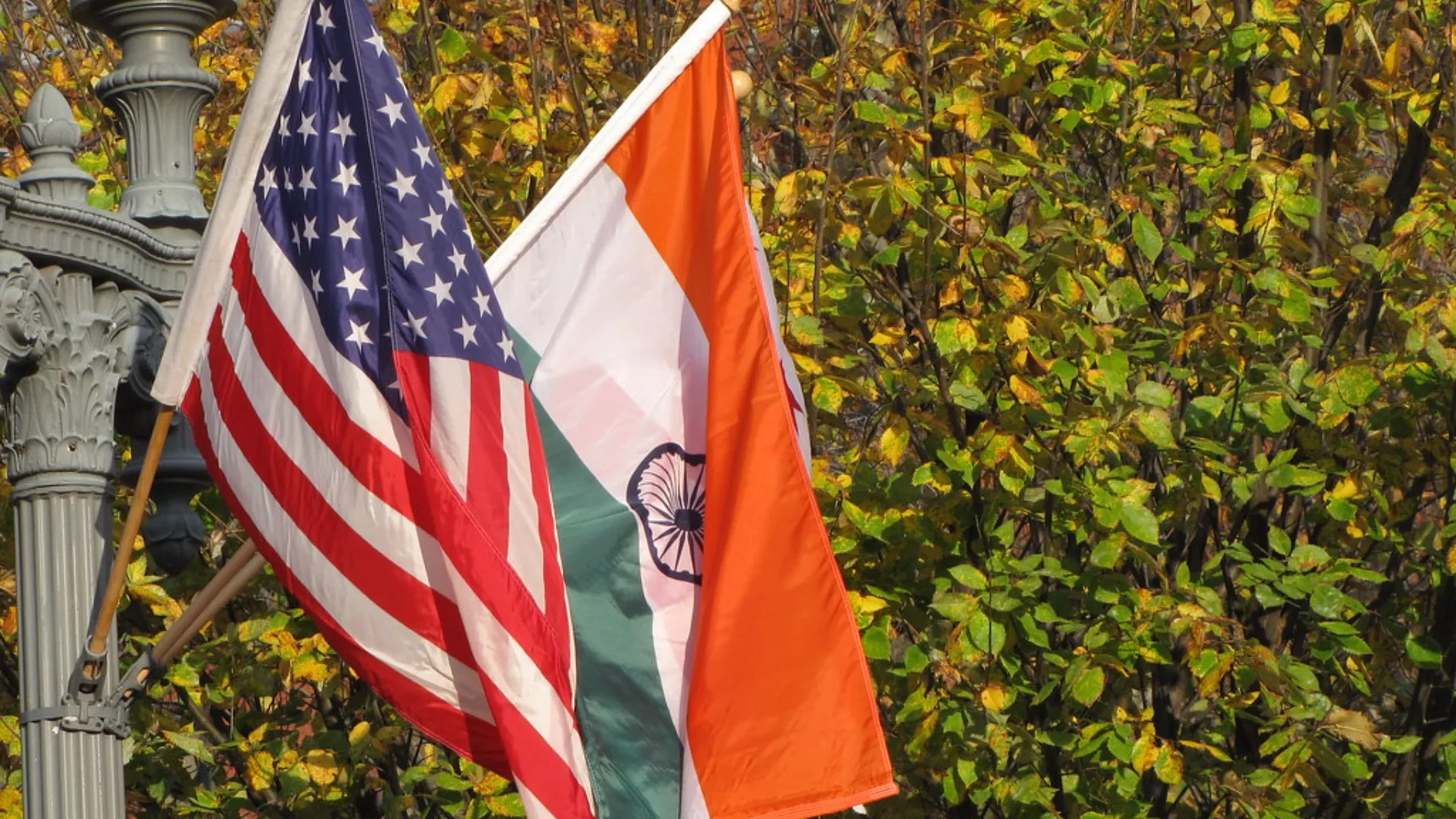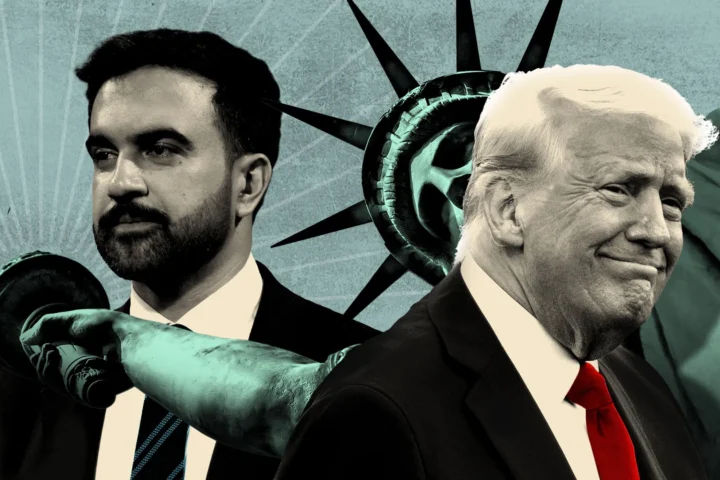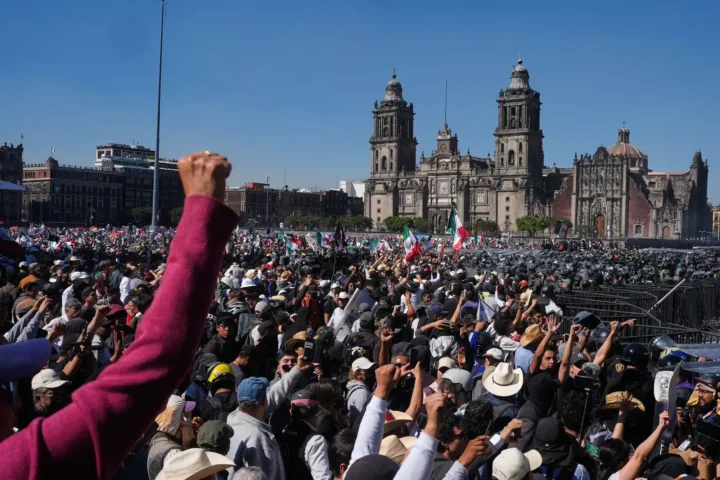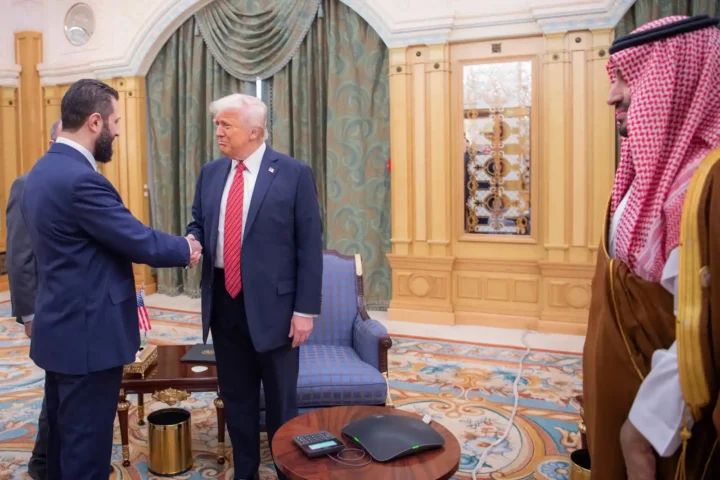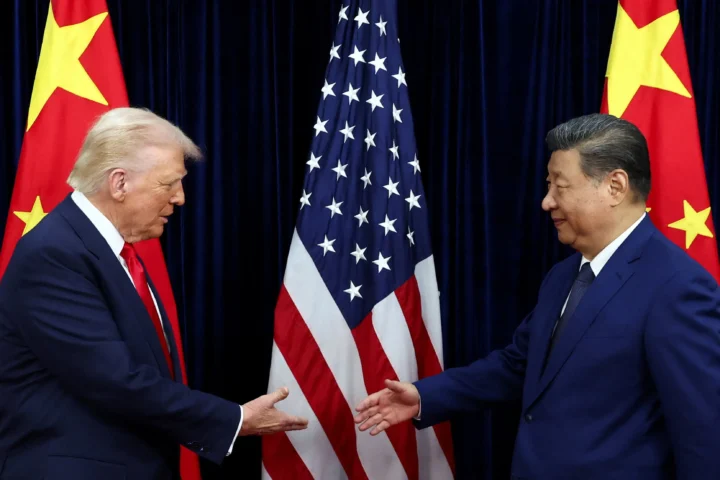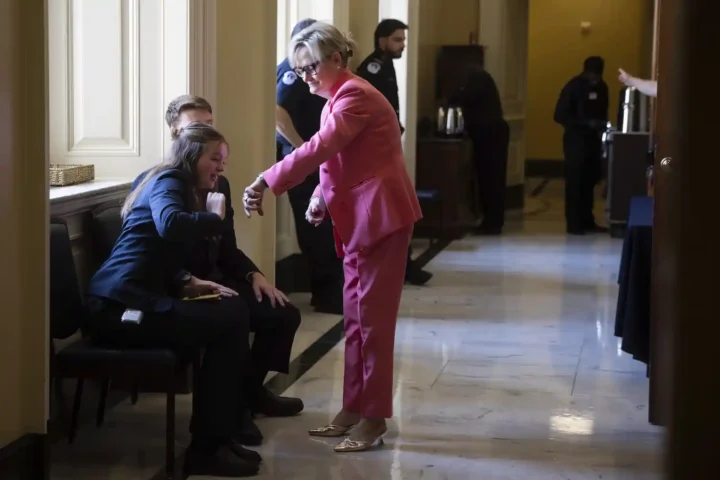When U.S. Representatives Ami Bera and Joe Wilson tabled a bipartisan resolution on November 17 reaffirming the strategic depth of the U.S.-India partnership, it marked more than ceremonial solidarity. Coming amid shifting global alignments—from wars in Europe and the Middle East to sharpening competition in the Indo-Pacific—the move signals that India’s strategic value is now among the few constants in Washington’s foreign policy consensus.
Bipartisanship in today’s U.S. Congress is a rare commodity. Yet, with 24 co-sponsors spanning both parties, this resolution reflects a remarkable convergence: India is not just a partner of circumstance, but one of strategic design. The message to New Delhi is clear—this relationship transcends administrations, personalities, and party lines. That political continuity provides India with something few emerging powers enjoy: predictability. It means decisions taken today on defense integration, supply chain resilience, and technology collaboration will not be discarded with the next White House transition.
🇺🇸🇮🇳 #BREAKING: U.S. Representatives Ami Bera, the longest-serving Indian-American in Congress, and Joe Wilson have introduced a bipartisan resolution recognizing the strategic value of the historic U.S.–India partnership.
— GeoSync (@thegeo_sync) November 18, 2025
The resolution highlights decades of growing cooperation… pic.twitter.com/ae2phKlzCJ
This stability shields Indian interests from the oscillations that typically mark U.S. policy—whether in trade tariffs, visa regimes, or export controls. It reassures New Delhi that even amid debates over H-1B visa limits and trade deficits, the strategic compact will endure.
Indo-Pacific Leverage and Acceleration
By underscoring India’s role within the Quad, the resolution implicitly acknowledges India’s emergence as the Indo-Pacific’s central balancing power. As China deepens its naval footprint in the region, and border frictions persist along the Himalayas, Washington’s reaffirmation enhances India’s deterrent equation. Expect expanded joint exercises under the COMPACT framework and growing interoperability that integrates Indian forces with U.S. systems at a level once unthinkable.
Equally salient is the potential for co-developed defense platforms—jet engines, drones, and cyber-defense infrastructure. These deals aren’t merely transactional hardware arrangements; they are the scaffolding of strategic trust. They signal to adversaries that India’s defense modernization is synchronizing with technologies aligned with the world’s most advanced military ecosystem.
On the trade and investment front, this renewed congressional emphasis dovetails with the April 2025 trade framework that already aims to recalibrate global supply chains. For India, now the world’s fourth-largest economy, that trajectory is crucial. The U.S. push for investment in semiconductors, renewable energy, and digital infrastructure aligns neatly with India’s push for self-reliance without isolation.
Washington’s investment appetite can catalyze millions of new jobs while reducing India’s economic exposure to Chinese supply networks. If executed smartly, it could also support India’s ambition to become the hub for trusted technology manufacturing—a pivot that positions it not just as a beneficiary of diversification but as an architect of the post-China economic order.
The joint emphasis on emerging technologies—artificial intelligence, quantum computing, and cybersecurity—could propel India into a leadership position in global innovation ecosystems. Bilateral initiatives like the TRUST partnership and collaborations between NASA and ISRO in space exploration add symbolic and substantive weight.
Just as vital is the expanded track on counterterrorism. With explicit references to cooperation over incidents like the 2008 Mumbai attacks, the resolution anchors shared commitments to intelligence exchange, extradition reform, and cross-border threat mitigation. This has direct implications for India’s internal security calculus, especially concerning Pakistan-based networks that exploit legal grey zones and jurisdictional loopholes.
Energy transition and critical minerals remain understated yet transformative aspects of this partnership. Through the U.S.-India Strategic Mineral Recovery initiative, New Delhi gains access to secure lithium and rare-earth supply lines— resources foundational to its EV and renewable goals. Reduced dependence on Chinese sources enhances both economic competitiveness and national security.
Meanwhile, the resolution’s recognition of the Indian diaspora underscores India’s soft power edge. Over four million Indian Americans now constitute an influential constituency capable of shaping U.S. domestic perspectives on India. Their political, technological, and economic footprint ensures that every bilateral push translates into sustained social capital.
Toward a More Confident India-U.S. Compact
The timing of this resolution is instructive. As global institutions strain under geopolitical polarization, India stands as the only South Asian state with consistent U.S. congressional endorsement. That elevates New Delhi’s diplomatic voice at global forums like the G20 and the UN, allowing it to co-lead on 21st-century issues—digital regulation, energy transition, and climate resilience.
Equally, this may spark a subtle but significant domestic shift: encouraging bipartisan understanding within India’s political spectrum itself. Opposition parties historically sympathetic to the U.S.—from the Congress to regional centrists—may find common cause in strengthening ties that now have clear legislative backing in Washington.
At its essence, this resolution is less about restating the obvious and more about recalibrating the possible. If both the US and India can translate this vote of confidence into pragmatic outcomes—joint projects, supply-chain redesign, shared innovation ecosystems—it could define the next decade not just as an era of strategic alignment, but of strategic ascendancy.
